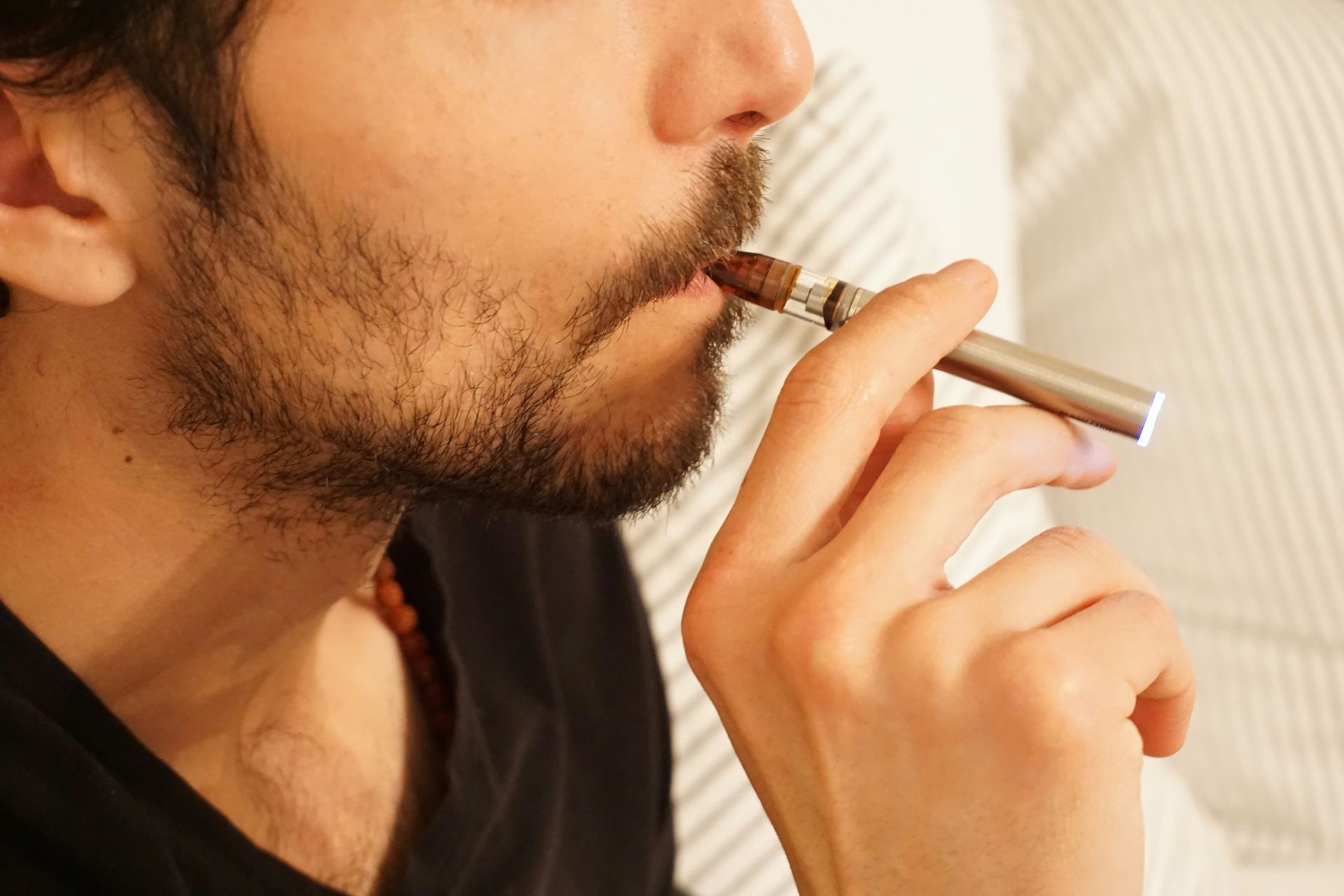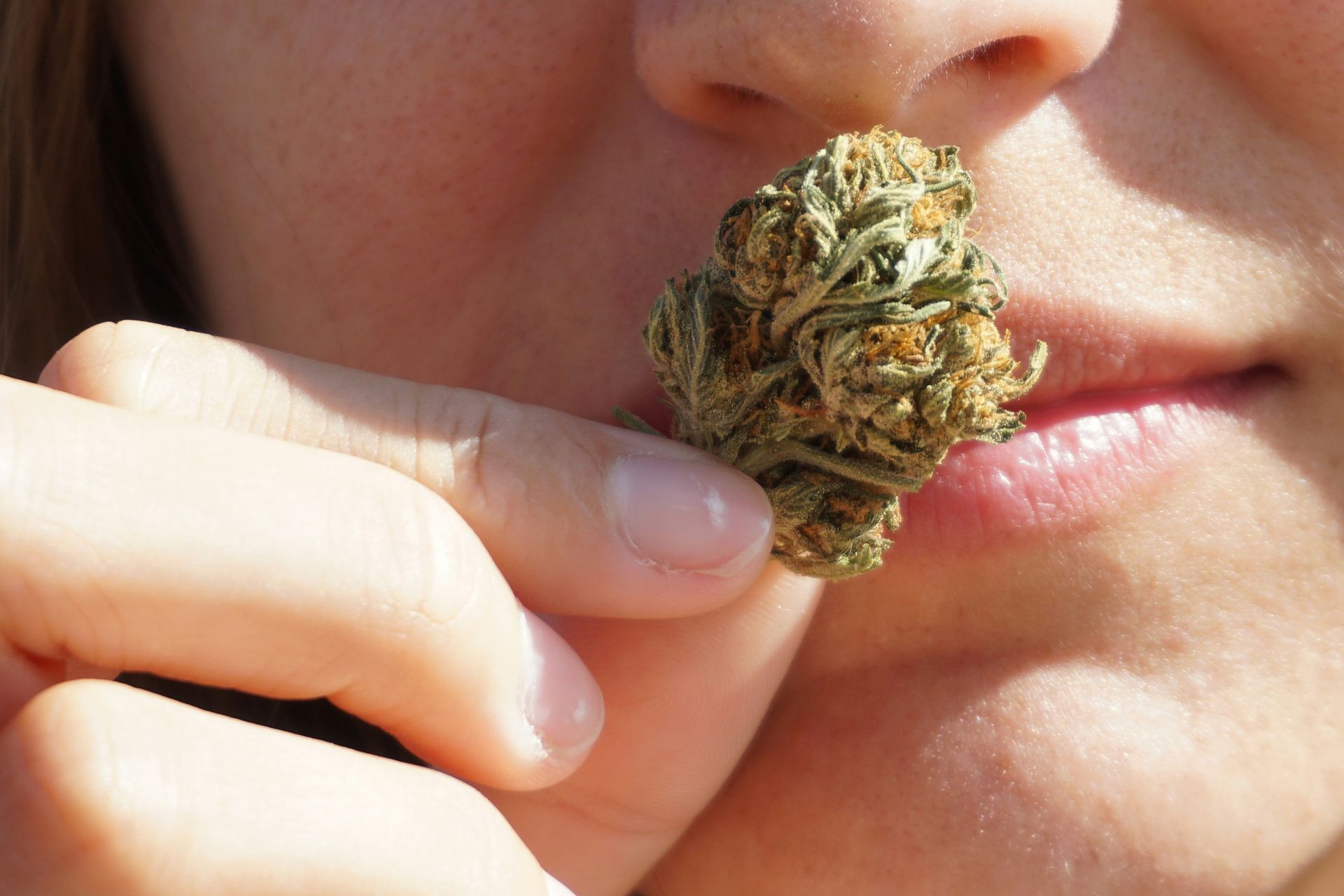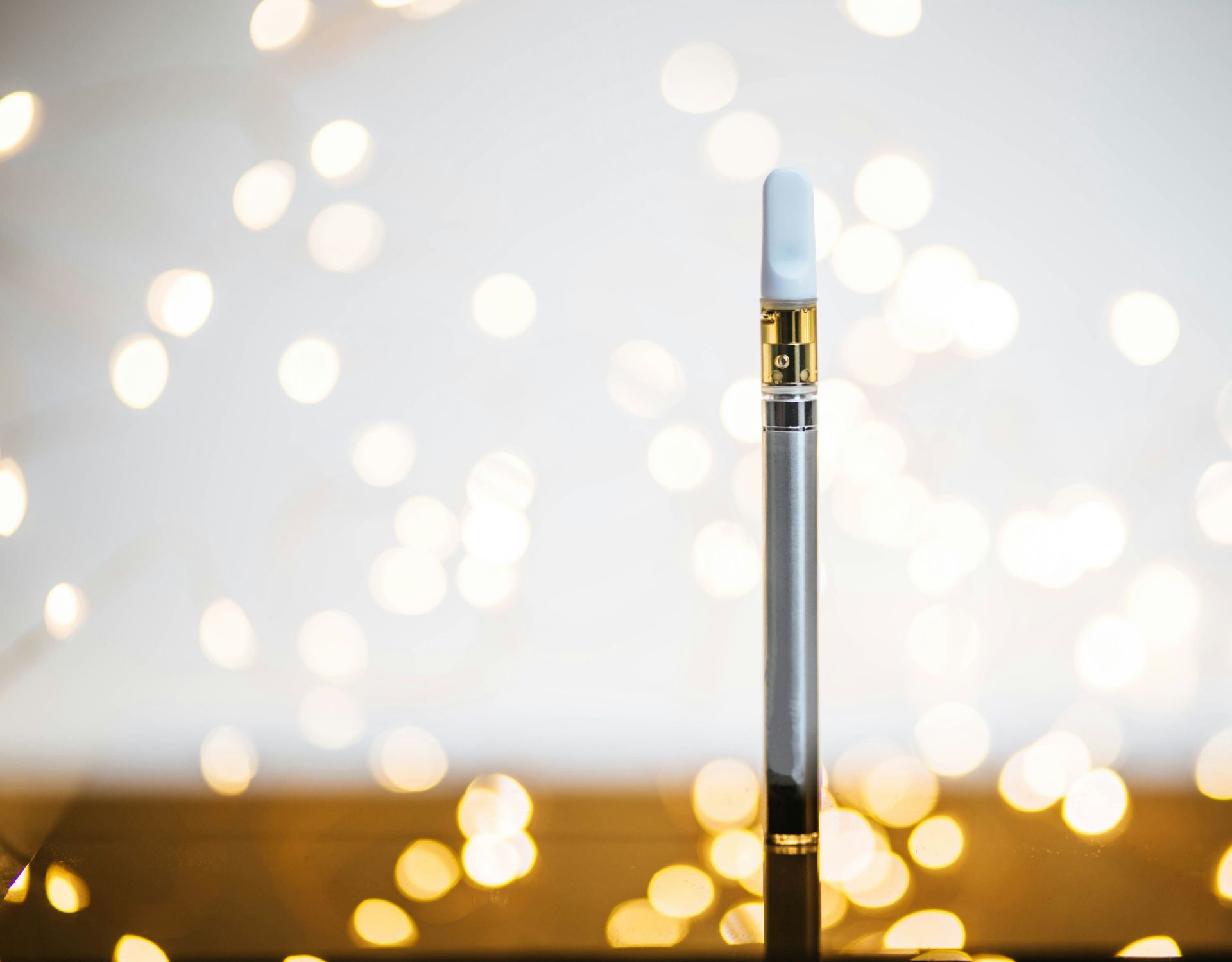
Traveling with vapes can raise a few questions, especially when it comes to navigating the rules and regulations set by airlines and security authorities. Whether you're a frequent flyer or embarking on your first journey with a vape, understanding what you can and can't bring on a plane is crucial for a smooth travel experience. In this blog, we'll delve into the guidelines for carrying vapes and e-liquids, from TSA regulations to destination-specific restrictions. Discover how to prepare your vape gear for air travel, avoid potential pitfalls, and ensure you're fully compliant with airline policies.
Get ready to breeze through security and enjoy your trip without any vaping-related hiccups.
Here are the guidelines on whether you can bring vapes on a plane:
Traveling with vapes, including disposable vapes, vape pens, and electronic cigarettes, requires understanding specific airline and security rules. Here’s what you need to know:
1. Carry-On Baggage Only: All vaping devices, including disposable vape pens and pod vapes, must be carried in carry-on baggage. Due to concerns over lithium-ion battery incidents, they are not allowed in checked bags.
2. Battery Safety: Spare vape batteries and lithium batteries must be kept in their original packaging or a protective case to prevent short-circuiting. Ensure battery terminals are covered to avoid accidental activation.
3. Liquid Items: Bottles of vape juice must adhere to TSA’s liquid rules. You can bring up to 3.4 ounces (100 milliliters) per container, and all liquid items must be placed in a quart-sized bag.
4. No In-Flight Use: Vaping is prohibited on airplanes, including the use of electronic smoking devices. Ensure your vape gear is turned off and stored securely throughout the flight.
5. Check Destination Rules: Be aware of the vaping laws at your destination, as some air carriers or countries may have stricter rules regarding vaping devices and e-cigarette cartridges.
Following these guidelines ensures compliance with security checkpoints and helps avoid any issues during your travel.
Are There Restrictions on the Type of Vape Device You Can Bring?
Yes, there are certain restrictions and considerations regarding the type of vape device you can bring on a plane:
1. Battery Type: Vapes with lithium-ion batteries are subject to specific regulations. Spare batteries and lithium-ion batteries must be carried in your carry-on baggage and stored in protective cases or their original packaging to prevent short-circuiting. Loose batteries are generally prohibited.
2. Size and Quantity: While the size of the vape device itself is not restricted, the TSA’s liquid rules apply to e-liquids. Each container must be 3.4 ounces (100 milliliters) or less and fit within a quart-sized bag.
3. Disposable Vapes and Vape Pens: These are allowed in carry-on baggage. Ensure they are turned off and stored securely. Disposable vape pens and pod vapes are subject to the same battery regulations and liquid limitations as other vape devices.
4. Electronic Cigarettes: Similar rules apply to electronic cigarettes. They must be kept in your carry-on and not in checked baggage. Be aware of how you pack and handle them, particularly regarding their batteries.
5. Heating Elements: Some devices with external heating elements or other components that could pose a safety risk might be subject to additional scrutiny.
6. Airline and Destination Rules: Different airlines and destinations may have their own rules regarding vape devices and e-liquids. Always check the specific regulations of your airline and destination country.
Adhering to these restrictions and guidelines can help you comply with TSA rules and avoid complications during your travel.
Can You Bring Vape Juice on a Plane?
Yes, you can bring vape juice (e-liquid) on a plane, but there are specific guidelines you need to follow:
1. Liquid Limits: Vape juice must adhere to TSA’s liquid rules. Each container should be no larger than 3.4 ounces (100 milliliters). All bottles of vape juice must be placed in a quart-sized, clear, resealable bag. This bag should be removed from your carry-on during the security screening process.
2. Carry-On Only: Vape juice must be carried in carry-on baggage. Due to safety regulations, it is not permitted in checked luggage.
3. Packing Tip: Ensure that the bottles of vape juice are securely sealed to prevent leakage. Pack them carefully to avoid any spills or damage during transit.
4. Quantity: While there is no specific limit on the number of bottles you can bring, they must fit within the quart-sized bag required by TSA regulations.
By following these guidelines, you can bring vape juice with you on your flight while ensuring compliance with TSA rules and avoiding any issues at the security checkpoint.
Alternatives to Bringing Vapes on a Plane
If you’re looking for alternatives to bringing vapes on a plane, consider these options to manage nicotine cravings and ensure a smooth travel experience:
1. Pre-Flight Purchase: Buy a disposable vape bar or dry herb vape at your destination if local regulations permit. These options can be convenient and avoid issues with lithium batteries during travel.
2. Nicotine Replacement Products: Nicotine gum, nicotine pouches, or nicotine toothpicks are suitable nicotine alternatives. These products are compact, easy to carry, and comply with travel regulations.
3. Nicotine Supplements: Consider nicotine replacement products like nicotine e-liquid or extra pods that you can purchase after arrival. Ensure they meet local regulations and are compatible with your vaping device.
4. Non-Nicotine Alternatives: If available, opt for non-nicotine alternatives, such as nicotine-free vape juice or CBD products. These alternatives can help manage cravings without the restrictions of nicotine products.
5. Protective Pouch: If you decide to bring liquid nicotine solutions or other vaping products, store them in a protective pouch to prevent leakage and comply with TSA liquid rules.
6. Smoking Lounges: Check if the airport has designated smoking lounges where you might use alternative products. Some airports offer areas for tobacco and nicotine users.
Using these alternatives can effectively manage nicotine cravings while avoiding complications associated with bringing vape devices and lithium batteries on a plane.
Conclusion:
You can bring vapes on a plane by following TSA guidelines, including packing them in your carry-on and adhering to liquid restrictions for vape juice. Ensure batteries are safely stored and be aware of in-flight and destination-specific rules. If you prefer alternatives, consider nicotine replacement products or purchase vaping gear at your destination. By planning ahead and staying informed, you can travel smoothly without vape-related issues.






